12
Nov / 12
Gokhale Method Posture Seminar Recap
Categories: Events and Announcements, Posture
posted by: Sean
This past weekend Stephanie and I attended the Gokahle Method Foundations Course at the Yo San University of Traditional Chinese Medicine in Marina Del Rey. I posted about the Gokhale Method two weeks ago here and linked to a number of their helpful resources aimed at improving your posture and quality of life. The course mirrors Ester Gokhale’s book 8 Steps to a Pain-Free Back but the course was helpful to have trained eyes help you apply the lessons laid out in the book.
In my previous posts I linked to Ester’s videos on Stretchlying on your back and Stretch Sitting in a chair with a back rest. These techniques are the first two covered as they help create length in your spine and the muscles surrounding your spine which tend to get compressed and tight in those with postural deficiencies (most of us living in industrialized societies). Along with learning Stretchlying on our sides, these techniques are helpful for me to lengthen the tight muscles in my lower and middle back as I try and undo tightness and adaptation from years of a swayed back (lordotic) and head forward (kyphotic) posture. The Stretchlying positions on my back and side are helping me sleep deeper and wake up with less tightness in my back, neck, and shoulders. It takes a number of pillows to help prop my body where it feels supported but totally worth the extra effort.
After learning how to Stretchsit, we discussed Stacksitting or siting without the use of a backrest which when practiced makes sitting with good postural alignment much less of a chore. Who knew that allowing your pelvis to tip forward a bit stacks all your vertebrae nicely on top of one another making sitting much more comfortable and requires much less effort. Make sure your ribs are anchored down (preventing too much sway), give each shoulder a roll forward, up, and back followed by a gentle elongation of your neck and you’re Stacksitting. If you find yourself sitting for long periods of time our instructor Kathleen recommended performing a shoulder roll once every hour to ensure you don’t slump for very long. However, I am finding my pectorals, traps, and neck musculature to be extremely tight so I have to perform a shoulder roll much more frequently as my tendency to slump my shoulders, crane my neck, and lift my chin is challenging to break.
Once we mastered lying and sitting we discussed how to use our “inner corset or our transversus and obliques to help lengthen and protect our backs especially while lifting and moving things. Sound familiar? Using our inner corset helps maintain our spinal alignment and is a valuable skill to practice. Before we knew it we were up Tallstanding, learning to Hip Hinge, and Glidewalk. The Glidewalking was by far the most challenging part of the weekend because there were so many moving parts, but the big take-away was to make sure you butt is behind you (anteverted pelvis) so they can propel you forward. You shouldn’t feel like you’re lifting your leg forward or slamming your heel into the ground with each step, but pushing the ground out behind you with every step.
All-in-all the weekend seminar was well worth the time and money. We always talk about making the most of your other 23 hours of the day outside of the gym, improving your posture with Gokhale Method techniques is a major part of how you can do that.
WOD 11.12.12
“White”
5 Rounds for Time:
3 Rope Climbs
10 Toes to Bar
21 Overhead Walking Lunges
400m Run

U.S. Army First Lieutenant Ashley White, 24, of Alliance, Ohio, assigned to the 230th Brigade Support Battalion, 30th Heavy Brigade Combat Team, North Carolina National Guard, based in Goldsboro, North Carolina, died on October 22, 2011 in Kandahar province, Afghanistan, from wounds suffered when insurgents attacked her unit with an improvised explosive device. She is survived by her husband Captain Jason Stumpf, her parents Robert and Deborah, brother Josh, and sister Brittney.


 310.465.6565 |
310.465.6565 |
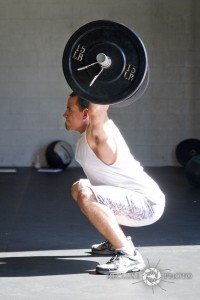
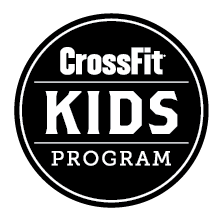
















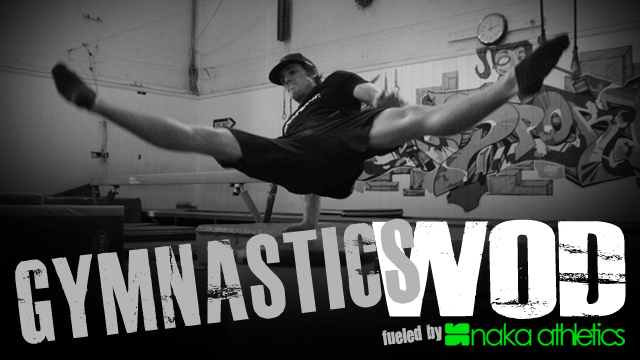




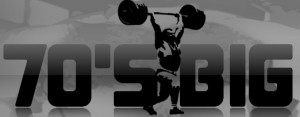

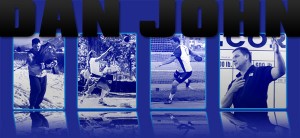
comments